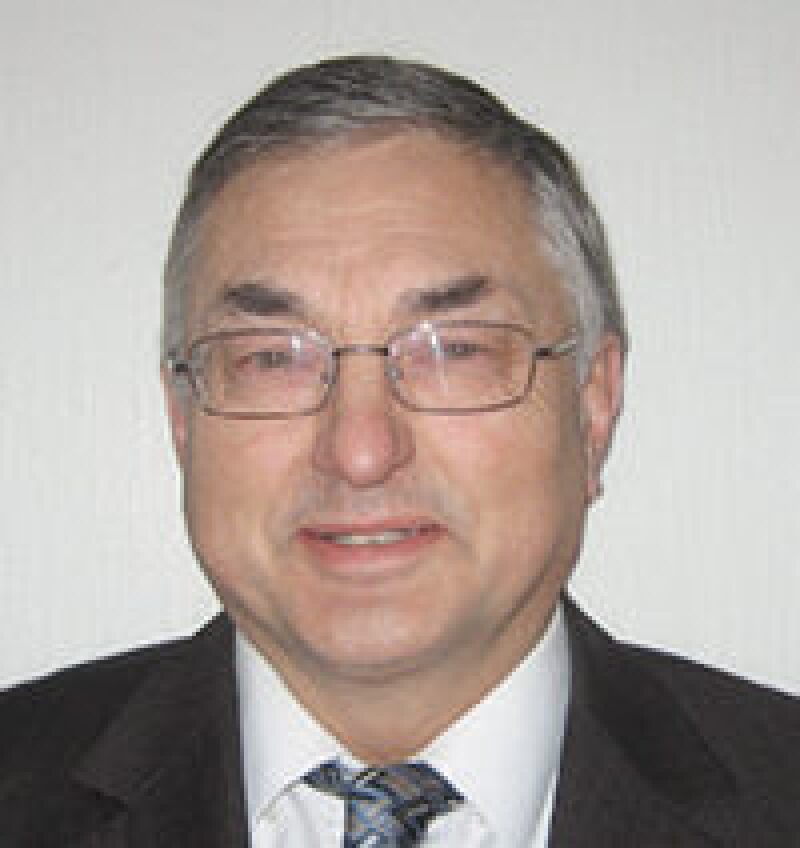The evolution of the petroleum industry the past 40 years is always included in my teaching. The students enjoy it, and it comforts them to know that they have entered an industry with a focus on modern technology. Of course, the condition is always value-added; the new technology must improve processes in a cost-efficient way.
Multilateral wells have been around for many years. By 1953, a nine-branch well with barefoot laterals had been drilled in Bashkira in Russia. Although the operators reported a production increase of 17 times compared with offset wells, the modern area of multilateral technology would not begin for another 40 years.
Extended-reach wells have a similar development, starting in the early 1980s and improving continuously. Many people consider BP’s Wytch Farm in the late 1990s to be the breakthrough for this technology. For the past 20 years, both multilateral and extended-reach wells have been drilled, and the technology is available from many service providers.
A dominating current focus in the industry is digitization, which implies various computer applications at many levels. Although multilateral and long-reach wells are common, the technological development is not complete. Effective implementation of digital technology requires complementary development of the technology itself. Remember that many tools are developed for manual operations. New tools possibly should be designed from a robotics perspective.
One main driver is improved recovery, which means that we must favor the oil flow and control or minimize water and gas production. Here is the completion challenge. Tools and technologies are developed continuously to reach this objective. In addition, we have the maintenance perspective gained by more-efficient workover and well-intervention methods. Many new tools and technologies are being developed continuously, not necessarily to break stepout records but to produce in a better way. Some of these technologies are metallic packers, autonomous inflow control, surface-controlled completion systems, fiber-optic communications, automated mud- and chemical-injection systems, and wired drillpipe.
Feedback from my students is that this technological and digital evolution gives them confidence in their career choice. Despite the petroleum industry challenges the past few years, we still have high national and international recruitment to our program in drilling and well engineering in Stavanger.
This Month's Technical Papers
Annular Ledge Formation Method Allows Sidetracking in Multilateral Wells
Slide-Drilling Guidance System Optimizes Directional Drilling Path
Multilateral Offshore Well Completed With Multistage Proppant Fracturing
Recommended Additional Reading
SPE 196410 Overcoming Geological and Geomechanical Challenges for Drilling High-Angle Wells in Deep Offshore Gulf of Mexico: Example From Buckskin by Taoufik Ait-Ettajer, Repsol, et al.
IPTC 19395 First Onsite Automatic Geomagnetic Observatory Improves Wellbore Positioning by Fabien Momot, PathControl, et al.
SPE 196410 Analysis of Friction-Reduction System During Drilling Operations at High-Inclination Well on Field X by Rizqiana Mudhoffar, Tanri Abeng University, et al.

| Bernt S. Aadnøy, SPE, is a professor of petroleum engineering at the University of Stavanger, specializing in all aspects of well engineering, including geomechanics. He also is an adjunct professor at the Norwegian University of Science and Technology in Trondheim. Aadnøy worked for major operators in the oil industry from 1978 until 1994, when he transitioned to academia. He has published more than 250 papers, holds 10 patents, and has authored or coauthored seven books, among them Modern Well Design, Petroleum Rock Mechanics, and Mechanics of Drilling. Aadnøy was also one of the editors of the SPE book Advanced Drilling and Well Technology. He holds a BS degree in mechanical engineering from the University of Wyoming, an MS degree in control engineering from The University of Texas at Austin, and a PhD degree in petroleum rock mechanics from the Norwegian Institute of Technology. Aadnøy was recipient of the 1999 SPE International Drilling Engineering Award and is a 2015 SPE/AIME Honorary Member and a 2015 SPE Distinguished Member. He was named SPE Professional of the Year 2018 in Norway. Aadnøy is a member of the JPT Editorial Committee. |


